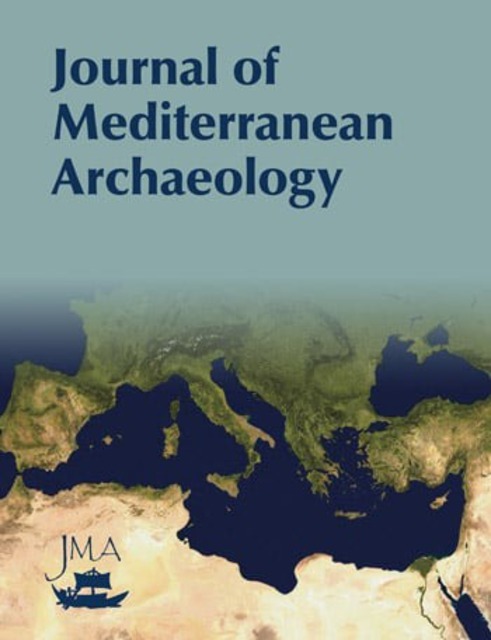JMA/Communal Hunting in the Natufian of the Southern Levant: The Social and Economic Implications

Full description
The Natufian culture of Palestine has been seen as an important state in the progression from hunting and gathering to food production. Henry (1875) first suggested that the Natufians used traps or surrounds to hunt gazelles collectively. This paper uses Faunal data from the site of Salibiya I in the lower Jordan valley to suggest that the Natufians practiced communal hunting of the mountain gazelle (Gazella, gazella). Ethnographic studies suggest that communal hunting entails planning, timing and the organization of large numbers of people. These are the same features of social organization needed for the initiation of agriculture. We suggest that it was the social organization needed for the communal hunt, rather than sedentarization, or demographic or ecological factors, that provided the preconditions for the beginning of agriculture.
- typeImage
- created on
- file formatjpg
- file size29 KB
- container titleJournal of Mediterranean Archaeology
- creatorDouglas V. Campana; Pam J. Crabtree
- issn1743-1700 (Online)
- issue3.2
- publisherEquinox Publishing Ltd.
- publisher placeSheffield, United Kingdom
- rights holderEquinox Publishing Ltd.
- doi
We use cookies to analyze our traffic. Please decide if you are willing to accept cookies from our website. You can change this setting anytime in Privacy Settings.
